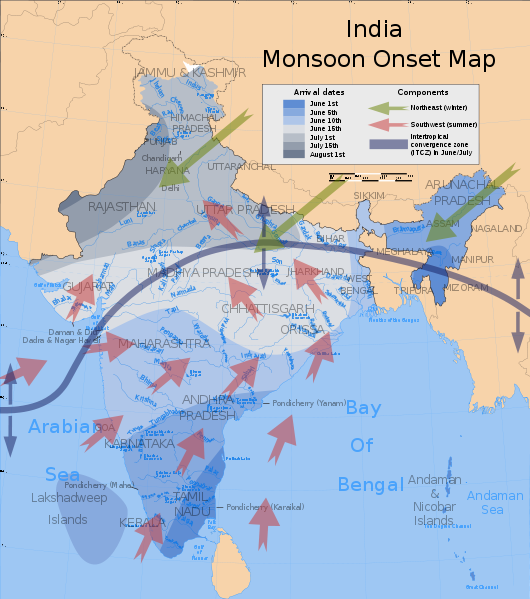Types of Cinnamon and the differnece between true Cinnamon and Cinnamomum tamala
Did you know that cinnamon comes from the inner bark of a tree? Yep! When it’s first harvested, it’s a light color, but as it dries, it darkens into that rich brown shade we all recognize.
Once dried, it’s ground into the familiar spice we sprinkle on everything from lattes to desserts. Different types of cinnamon come from various species of cinnamon trees, all part of the Cinnamomum family.


Different Types of Cinnamon:
Believe it or not, there’s more than one kind of cinnamon! In fact, there are four main types that are commercially grown, each with its own unique flavor and origin.
1. Cinnamomum verum (Ceylon Cinnamon)
Also known as “true cinnamon” or “soft cinnamon,” this variety comes from Sri Lanka and Southern India but is also grown in Mexico and East Africa.
Its soft texture gives it the nickname “soft cinnamon,” and if you’ve heard of Mexican cinnamon, it’s usually this one. Flavor-wise, it’s more herbal and savory rather than super sweet. Ceylon cinnamon has the lowest content of coumarin which can be harmful inb larhe quantities so if your egularly consume a lot of cinnamon, its better to use Ceylon species but its more expensive.
2. Cinnamomum burmannii (Korintje Cinnamon)
This one, often called Korintje cinnamon, is milder and super common—about 70% of cinnamon come from this variety! It’s got that classic cinnamon taste that works well for just about anything.
3. Cinnamomum cassia (Saigon Cinnamon)
Often labeled as Saigon cinnamon in grocery stores, this variety actually comes from Vietnam or China and is technically Cinnamomum cassia. It’s on the sweeter side rather than spicy, and despite the name, no cinnamon actually grows near Saigon—the city was just a major trading hub.
4. Cinnamomum loureiroi (Royal Cinnamon)
This one’s a bit harder to find in regular stores, but specialty spice shops carry it. Grown in central Vietnam, it’s got an intense cinnamon flavor—super sweet, super spicy, like cinnamon turned up to 10! Fun fact: the region it comes from once supplied cinnamon to the royal court, which is how it got its name.
So next time you reach for cinnamon, you’ll know there’s a whole world of flavors behind that little jar!
Apart from this, there’s another variety of Indian cinnamon derived from bark of Tejpata tree.
Tejpata (also spelled as Tejpat) is a well-known spice in Indian cooking and is often referred to as Indian bay leaf. It’s a staple in many kitchens, adding a rich aroma and depth of flavor to various dishes. But tejpata isn’t just about taste—it also has digestive benefits! It helps stimulate digestive enzymes, making it easier for the body to absorb nutrients during digestion.
This dried leaf comes from the Cinnamomum tamala plant, which is valued not just as a spice but also in Ayurveda for its medicinal properties. Even the flowers of this plant have been used in traditional folk medicine for their healing benefits. The bark can also be used as cinnamon.
It is widely used as an addition for a cheaper and easy to procure source of cinnamon but the real cinnamon is procured from other species. Bark of Cinnamomum tamala is often used as an adulterant in cinnamon sold in many places.
Not sure what type of cinnamon you have or trying out a new brand? A simple way to test its flavor and strength is by making a quick cinnamon tea!
Just take a teaspoon of cinnamon, pour hot water over it, let it steep for a bit, and give it a taste. Fresh, good cinnamon should be naturally sweet and spicy. If it tastes dull or weak, it might not be the best quality—or you may need to use more to get that perfect, bold cinnamon kick!
Don’t let your cinnamon (or any spice, really) sit around for too long! Spices lose their punch after a few months to a year, so it’s best to buy smaller amounts and restock more often. It’s better to buy smaller amounts, more often to keep your flavors fresh and bold!



